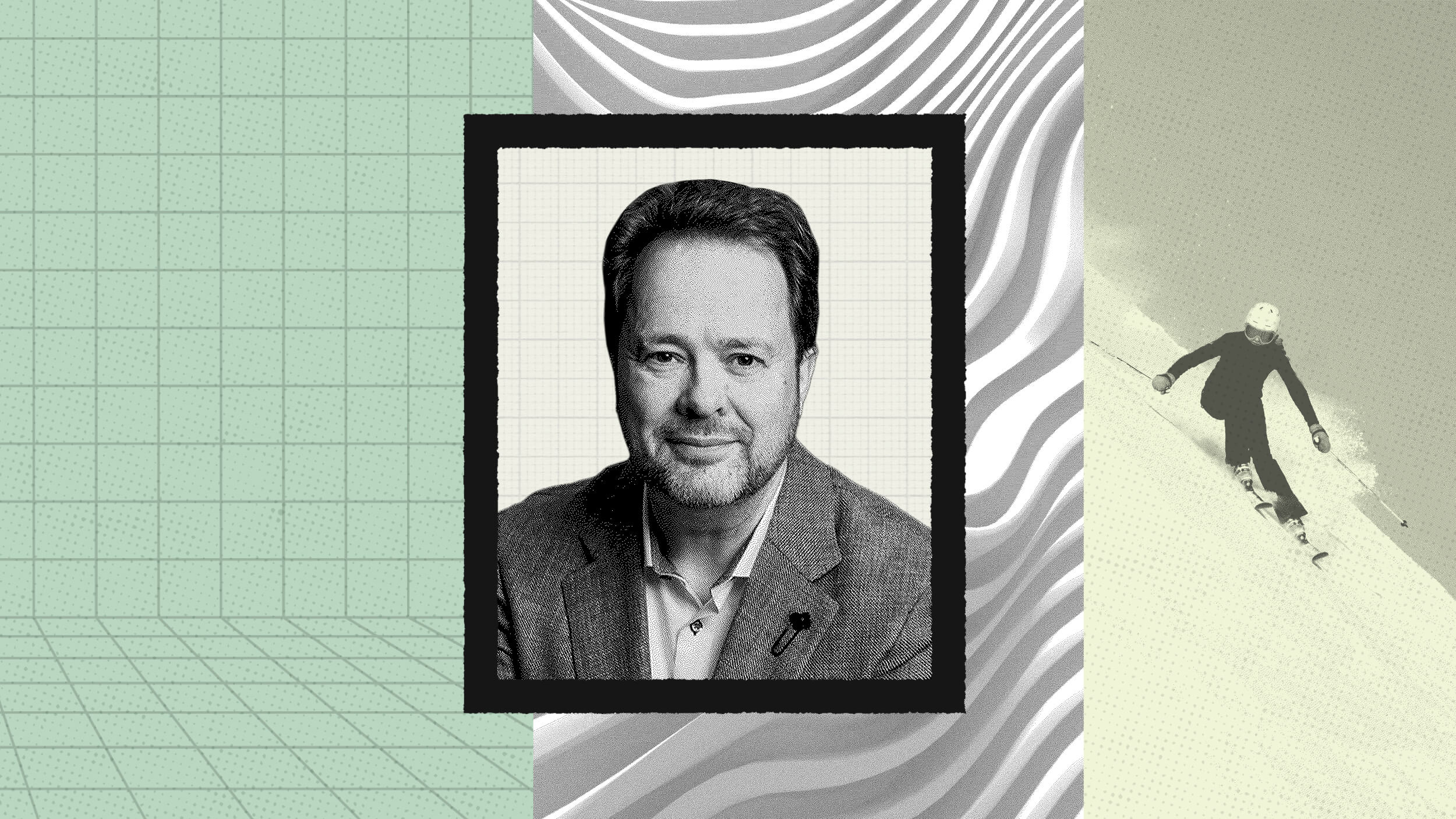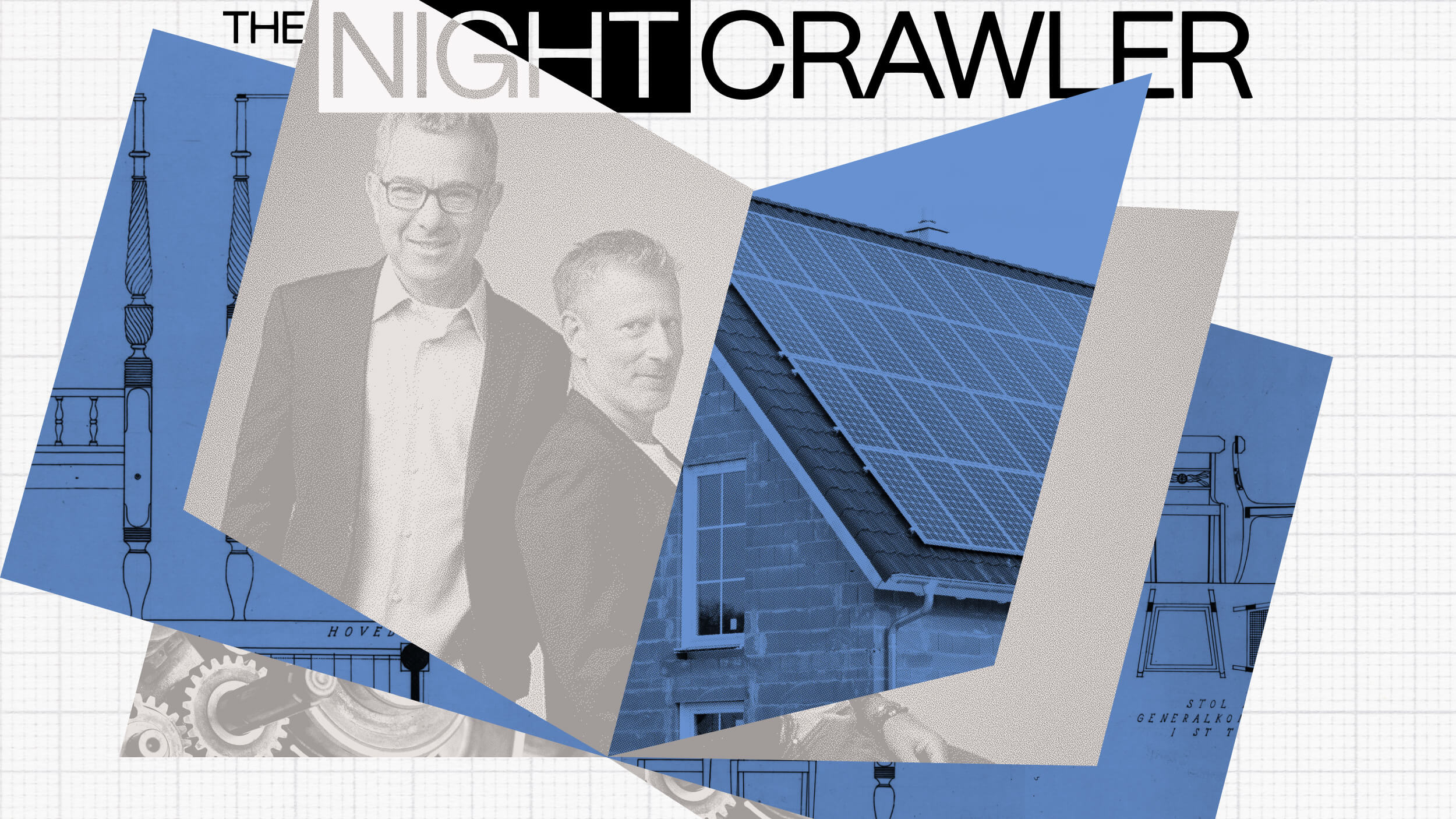Just because a former employee has moved on in their career doesn’t mean they can’t still be useful to the firm. Mercer business leader Pat Tomlinson explains a phenomenon called the Engagement Paradox and how companies can turn downsides into upsides. All it takes is a realization of what the company and the employee really offer to one another. As Tomlinson notes, it’s about time companies started to rethink how they engage with their employees.
—
Big Think is proud to partner with Mercer on Inside Employees’ Minds, a series that examines employees’ changing mindsets and the ways workplaces are responding to them.
Mercer’s new Inside Employees’ Minds™ research reveals what more than 4,000 workers in Canada and the US think about their jobs, their employers, and the changing work experience. It explores trends in employee engagement and the evolving employee-value proposition, highlighting key differences by generation, job level, and more. The research confirms that, as business needs and the workforce composition continue to evolve — with the boomer generation moving toward retirement and the preferences of the younger generations starting to dominate — employers need to rethink and reshape their value propositions to lay the foundation for future success. In this compelling video series, Mercer business leaders and other noted experts share their thoughts on the transforming work experience and what it means for both employers and employees.
Pat Tomlinson:Earlier this year we surveyed more than 3,000 employees in the United States and more than a thousand employees across Canada. And what we found is more than a third of them are seriously considering leaving their employer at this time — 37 percent in the United States and 35 percent in Canada. And really the startling component is that when we looked at these people who are seriously considering leaving for employment, almost half of them are happy with most things that we would consider to be things that drove engagement for these employees. So they're happy with their pay and benefits. They're happy with their professional development and work opportunities. They're proud of their organization, and they're happy with the direction and their management.
These findings are even more pronounced when we look at them across various demographic groups. So 63 percent of all senior managers in the United States are seriously considering looking for other work. That's compared with 39 percent in management and 32 percent in non-management. And the numbers are even more dramatic in Canada, where it's 67 percent of senior managers and 45 percent of managers. About a fifth of all workers could be classified as disaffected or checked out. This means that about a fifth of your workforce is going to likely have a drain on your productivity and your morale. When you combine this with the two-fifths of the workforce that is seriously considering leaving, this is going to create significant business challenges for many organizations in the future.
So the survey confirms what employers have been seeing firsthand. We have a workhorse in transition. So as employers, we really need to think about how we look at our strategic workforce plan and how the data we're seeing changes that for the future. So historically, we've really looked at workforce planning as a build versus buy model.
Now what this tells us is potentially we really need to rethink this buy versus borrow versus build methodology going forward. And are we going to have the employee base that if we go ahead and get them early in their career to train them and develop them and build them, will we have them for the long term or do we really need to rethink that and really focus a little bit more on a buy strategy and how do I get people from other employers in the middle in their career or maybe even earlier in their career with a little bit of experience to go ahead and create my workforce for the future?
So the successful work relationship of the future between employer and employee depends upon the trifecta of health, wealth, and career — and the flexibility that you offer in order to make the employment relationship of the future what the employee is looking for.





